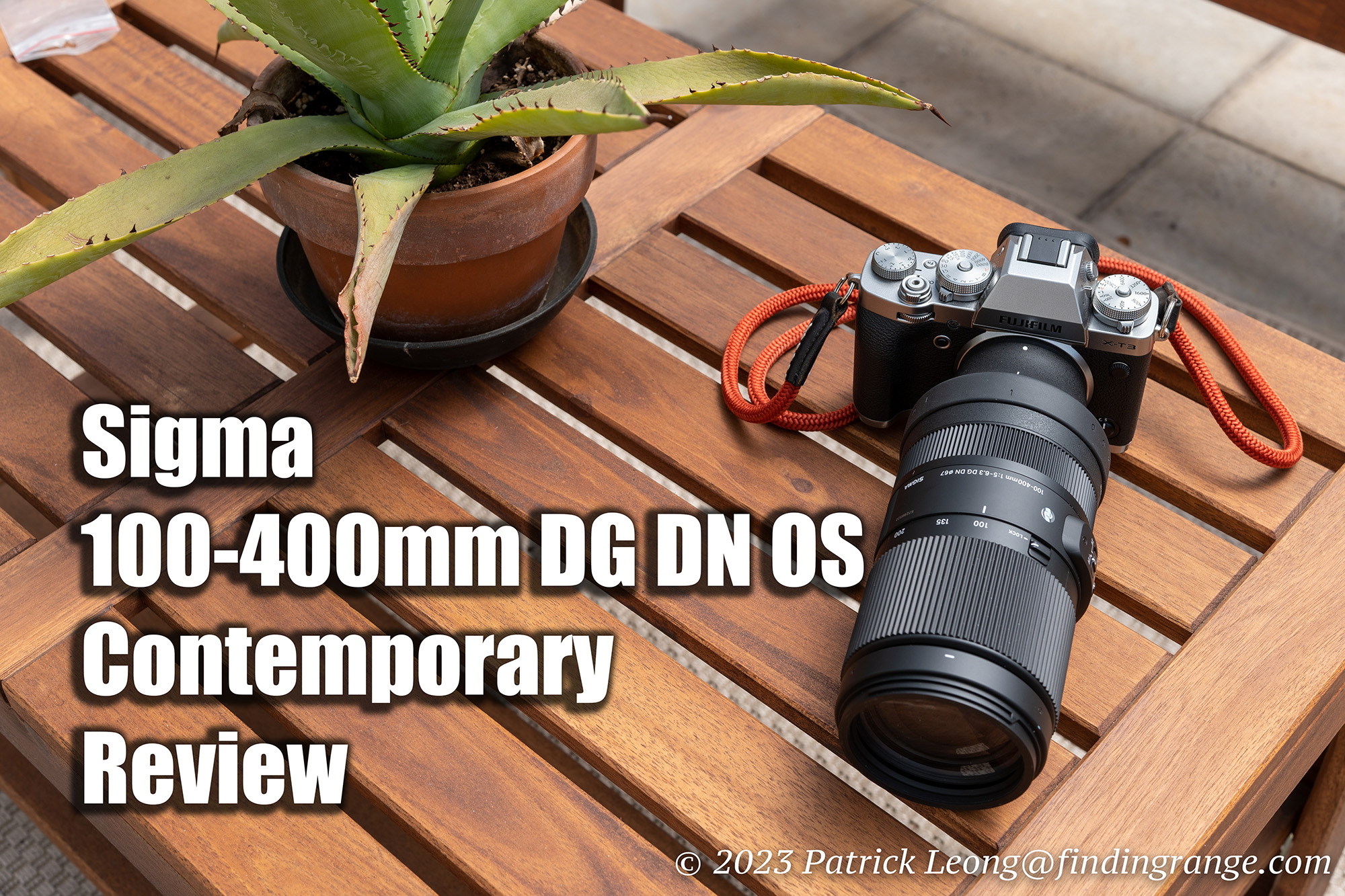Sigma 100-400mm DG DN OS Contemporary Review:
If you’re a Fujifilm X series shooter, and you’re looking for an ultra telephoto zoom, Sigma might have just the answer. As of today, they have announced the Sigma 100-400mm f5-6.3 DG DN OS Contemporary in Fujifilm X mount. In 35mm terms, this is a 150-600mm equivalent, which is great for subjects like wildlife, sports, and landscape, just to name a few. Thanks to Sigma, I was able to get a pre-release sample to test. Here are my thoughts on it.
Thanks for taking the time to read my post! If it helped, please consider purchasing from any of the links mentioned in this post, which in turn, helps support this site. I get a small commission but it will not cost you anything extra. Thank you!
Sigma 100-400mm DG DN OS Contemporary Build Quality:
Let’s start off by first talking about the overall build. The 100-400mm f5-6.3 DG DN OS Contemporary is made from a combination of polycarbonate, and metal resulting in an overall construction that is excellent. It feels very solid in the hands but at the same time, it’s not crazy heavy, which I will talk more about later. The bayonet mount is made of brass, and it has rubber sealing making the design dust and splash proof. This lens is technically a full frame lens, and I have reviewed the L mount version with my Leica SL2 (review here). The 100-400mm also comes in Sony E mount as well.
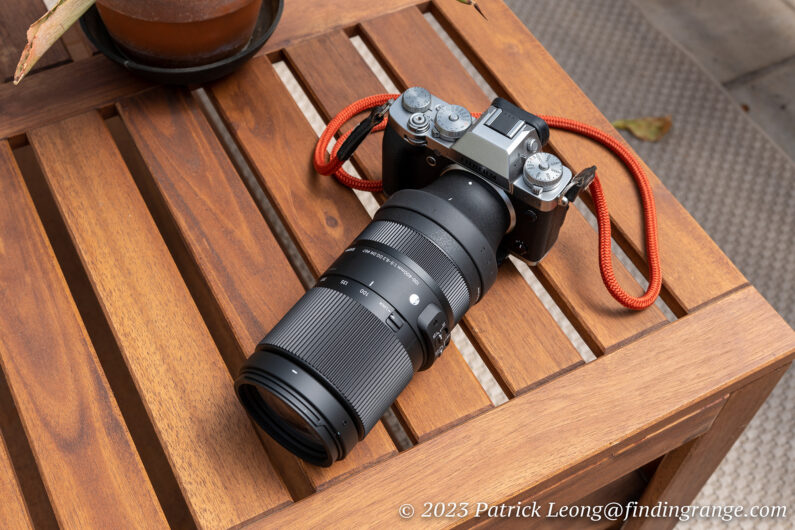
↑ Pictured here is the Sigma 100-400mm f5-6.3 DG DN OS Contemporary attached to the Fujifilm X-T3.
It’s worth noting that there are also a lot of great features incorporated into this lens. There is a focus ring, which is smooth in operation. The zoom ring also operates very smoothly, and features “dual action zoom”, which basically means you can ring zoom or straight zoom. Straight zoom allows the photographer to zoom in and out by adjusting the hood. There’a also a lock switch for the zoom to prevent any zoom creeping. Other switches include one for focus limiter, which gives the user three options for focus limiting: Full (entire range), 6m-infinity (far range), and up to 6m (close range). Another switch that has been optimized for Fujifilm X users is the AF Function Setting, which replaces the Focus Mode switch. The switch changes the function of the AF Function button. Lastly, there is the OS (optical stabilization) switch. Unlike the L mount, and E mount versions of this lens, the Fuji X mount version has 5 stops of image stabilization instead of 4.

↑ The Sigma 100-400mm has a lot of useful built-in features.
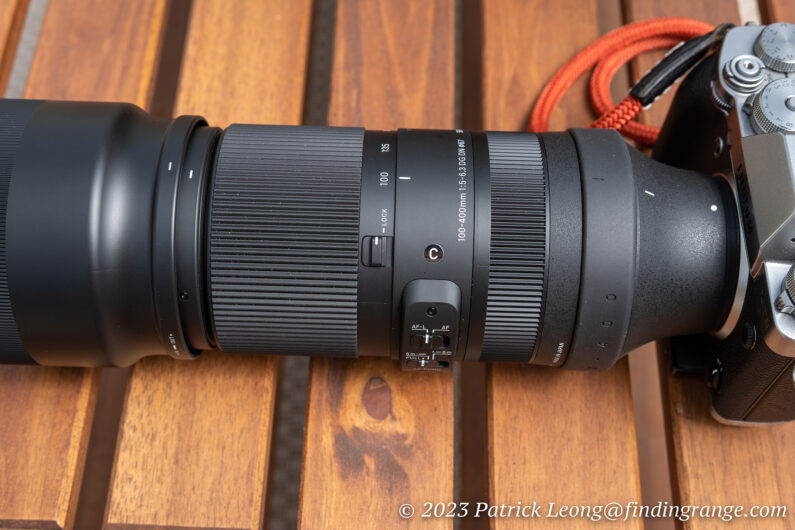
↑ There is a zoom lock on the lens.
As you can see, the 100-400mm f5-6.3 DG DN OS Contemporary is feature packed, and because of that, one might think we’re dealing with something very heavy, and bulky, which isn’t true in this case. Don’t get me wrong, there’s weight, and bulk in any lens with such a long focal length range. However, this particular lens is much lighter, and more compact than I ever expected. The weight is just 1,135 g/40.0 oz. with the length being 86.0mm × 199.5mm/3.4in. × 7.9in. The filter thread size is just 67mm.

↑ Here’s a top view of the Sigma 100-400mm.
The 100-400mm mounted to my camera was something that I was able to comfortably carry around with just one hand. The 100-400mm was something I was able to use for an extended period of time even in the summer heat. Nearly all the photos in this review were taken without a tripod. In fact, the only time I even used a tripod was with a couple of the shots I took at night. Quite frankly, I was a bit surprised at how really manageable this lens was ergonomics wise, and how well it balanced with the Fujifilm bodies during my testing. It’s worth noting that it didn’t even feel like it stressed the camera mount. Trust me on this; the 100-400mm is much lighter, and smaller than the photos suggest.
Accessories wise, the 100-400mm f5-6.3 DG DN OS Contemporary does come with a lens hood that is reversible for easy storage. Sigma tried their best to reduce the bulk of the lens hood, and it definitely shows. There’s also the optional TS-111 Tripod Socket, if you are planning to use it with a tripod often. The Sigma tele converters, however, are not compatible with the Fuji version of this lens.
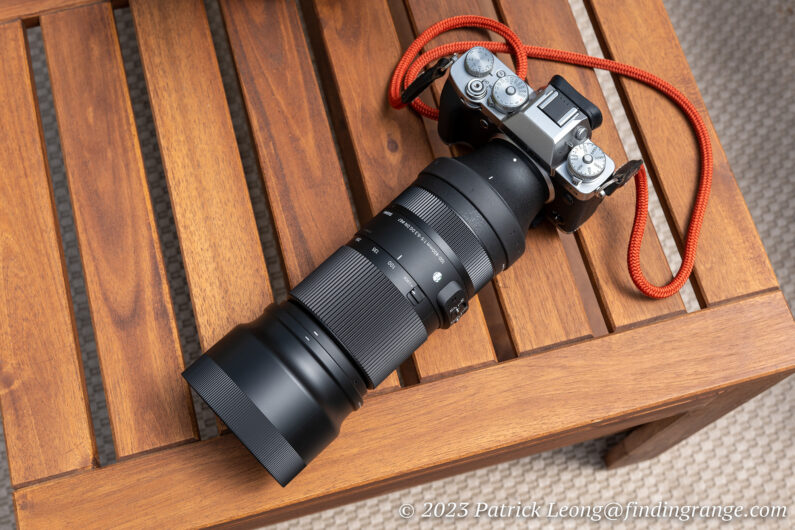
↑ A lens hood is included.
Sigma 100-400mm DG DN OS Contemporary Autofocus:
In terms of the autofocus, the 100-400mm f5-6.3 DG DN OS Contemporary lens uses a stepping motor, and even with the beta firmware (since this is a pre-release sample of the lens), it is fast, silent, and very smooth. I was able to capture moving boats to animals, such as, birds that would have quick, sudden moves.
Moreover, with a maximum magnification ratio of 1:4.1 (0,24 times), the 100-400mm can actually be used for close-up photography. The minimum focusing distance at 400mm is also 160 cm. This all helps open up new creative opportunities given that one is able to use such a lens for close-up photography.
Sigma 100-400mm DG DN OS Contemporary Image Quality:
Moving on to image quality, I primarily used a Fuji X-T3, and shot in RAW. All photos were processed using Capture One, and overall, I found the 100-400mm f5-6.3 DG DN OS Contemporary lens to produce photos I was very happy with in the end. To me, this lens is a top performer.
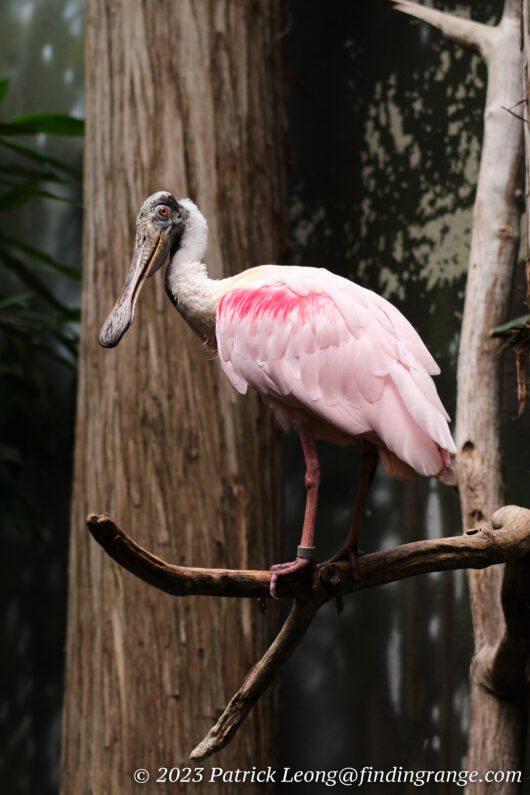
↑ This was taken using 1250 ISO, f5.6, and the 144.7mm focal length.
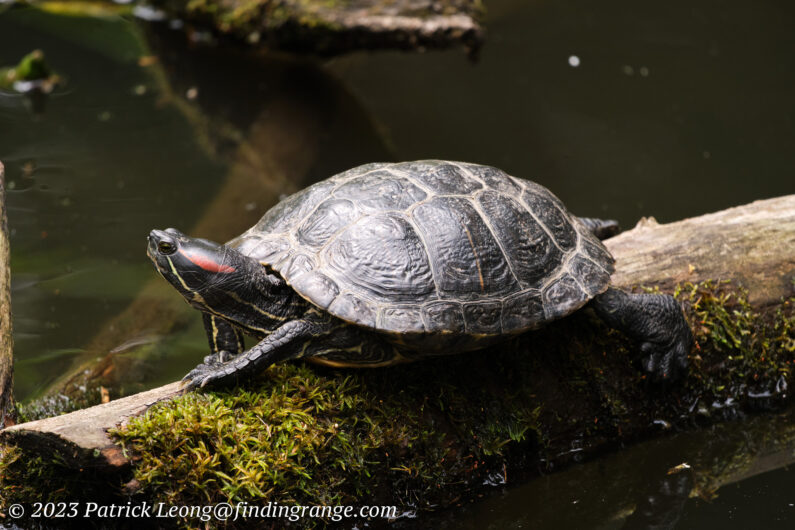
↑ This was taken using 640 ISO, the 400mm focal length, and f6.3.
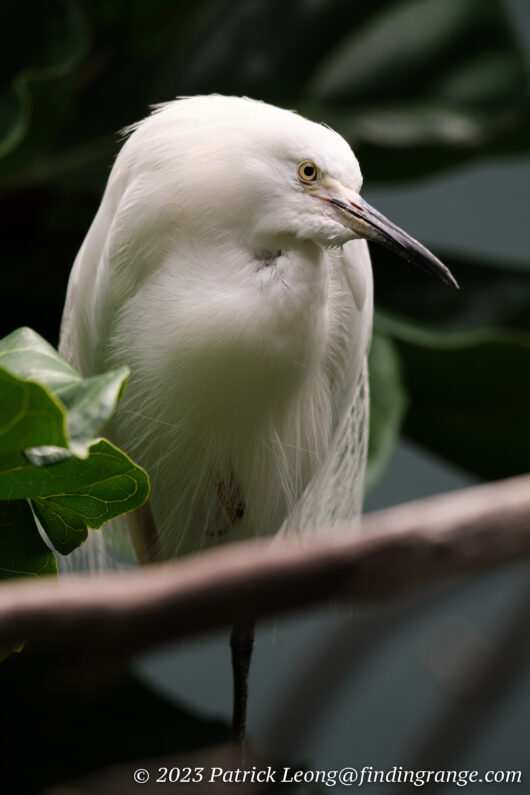
↑ I used the 286.7mm focal length here. The settings were f6.3 and 500 ISO.
The 100-400mm is very sharp overall throughout its zoom range. At its largest apertures, it is tack sharp in the center with only a slight fall off in the corners. Stopping down helps sharpen things up a bit. From 100 to 300mm it stays very sharp consistently with maybe a slight loss of resolving power when it approaches 400mm but it’s not something I feel anyone would even really notice in real world shooting. I’m pixel peeping here because this is a review. It’s also worth mentioning that I shot with many different aperture settings, as you can see in the photos, so you can use this lens throughout its aperture range to achieve great results.

↑ I used the 211.8mm focal length. The settings were f5.6 and 160 ISO.

↑ Here’s a 100% crop of the photo above.

↑ I used the 127.5mm focal length here along with f8 and 160 ISO.
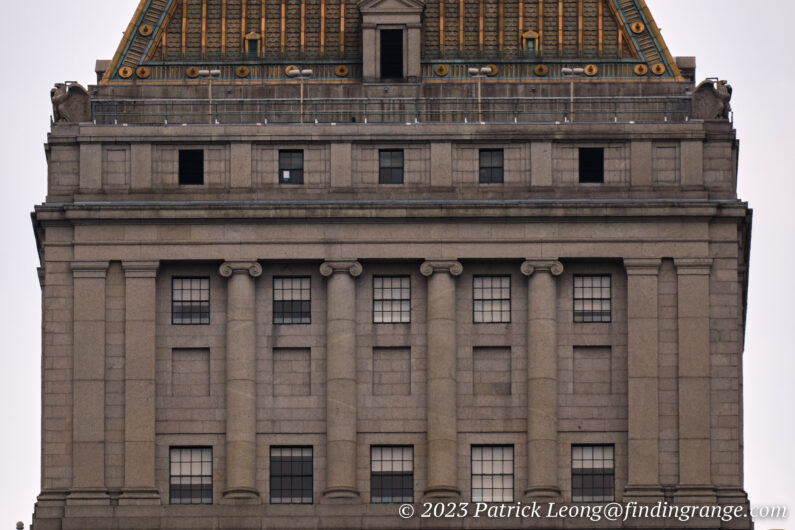
↑ Here’s a 100% crop of the photo above.
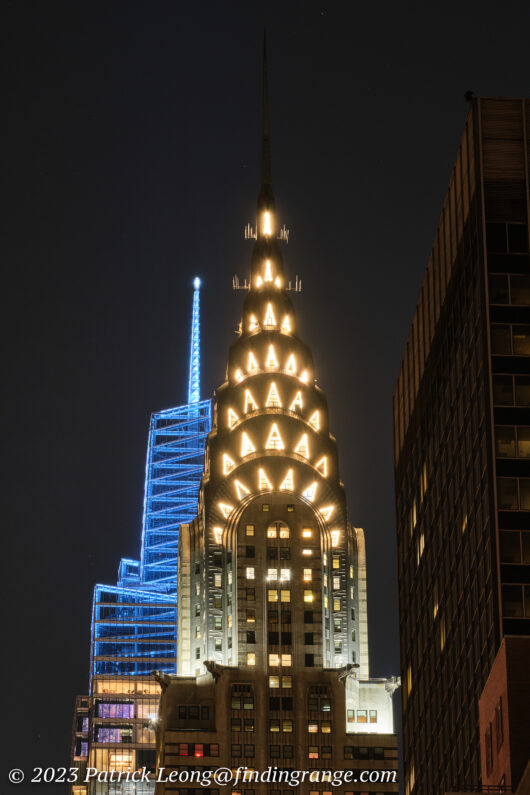
↑ This was taken with the lens mounted on a tripod. The settings were f11 and 100 ISO. The lens was set at 100mm.
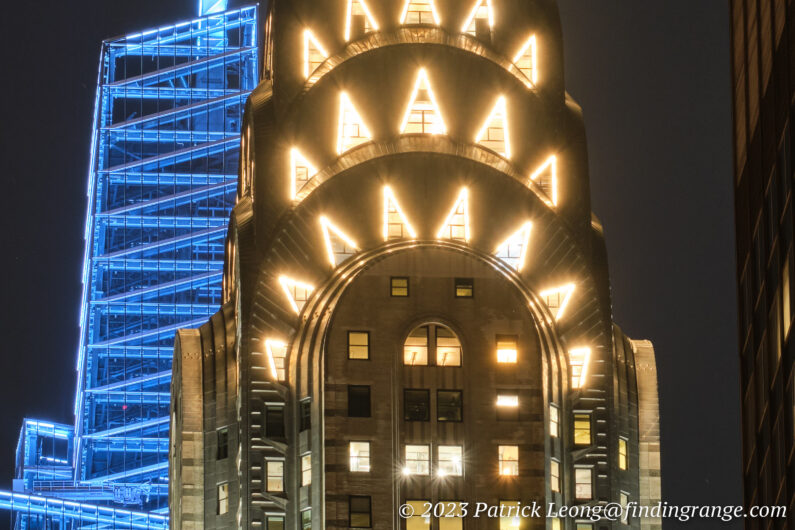
↑ Here’s a 100% crop of the photo above.
Other features of the 100-400mm f5-6.3 DG DN OS Contemporary lens are decent contrast and vibrant colors. Photos have beautiful depth to them. Vignetting is very well-controlled even at wide open aperture settings. I also found this lens to be highly flare resistant, which is thanks in part to Sigma’s use of their Super Multi-Layer Coating.
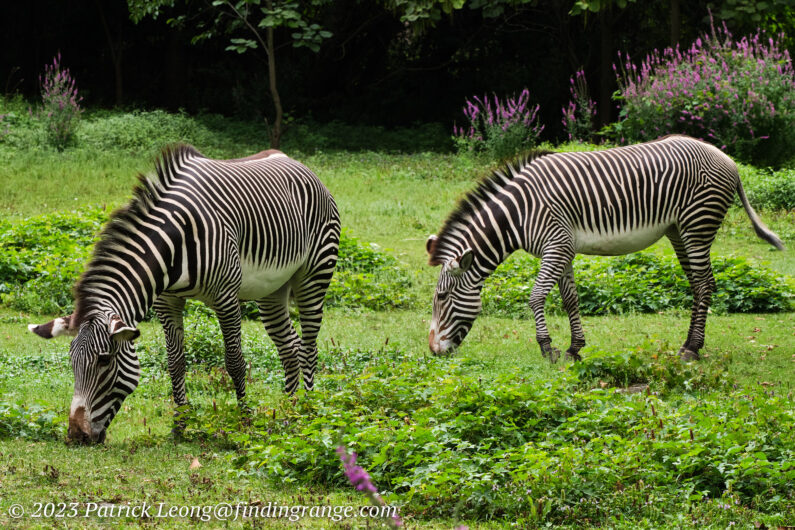
↑ I used f11 here along with 1000 ISO. The lens was set at 144.7mm.

↑ This photo was taken with the 362.7mm focal length. The settings were f6.3 and 320 ISO.
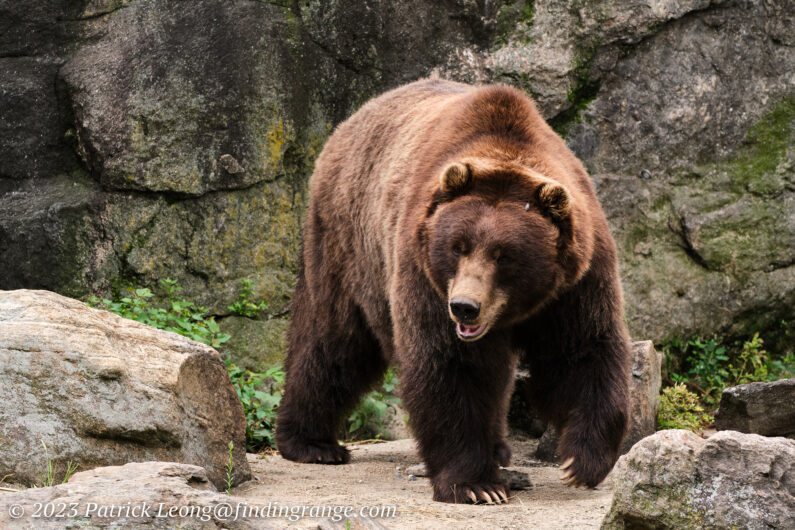
↑ I took this using f5.6 and 640 ISO. The focal length used was 211.8mm.
As for maximum apertures, I know we’re not talking about something here that is ultra fast. The maximum aperture is variable from f5-6.3 depending on focal length used but the benefit here is a lens that is very manageable, easy to carry around, and fun to use even for an extended time. Plus, with today’s technology, such as, better ISO capabilities, the more moderate max aperture range, isn’t all that bad. You might have some issues taking photo at night handheld but for the rest of the time, it works quite well.
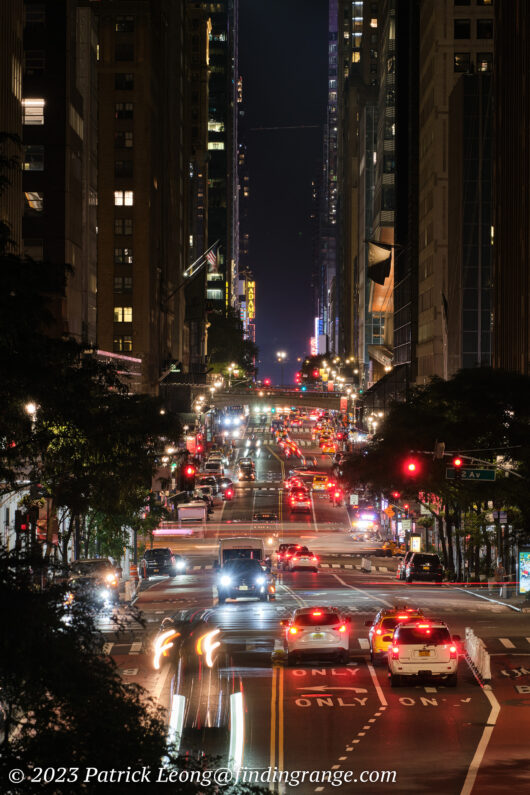
↑ This photo was taken using a tripod. I never get to take these kinds of shots with nice compression because I never really get to use focal lengths this long. The settings were f11 and 160 ISO with the focal length being 135.4mm.
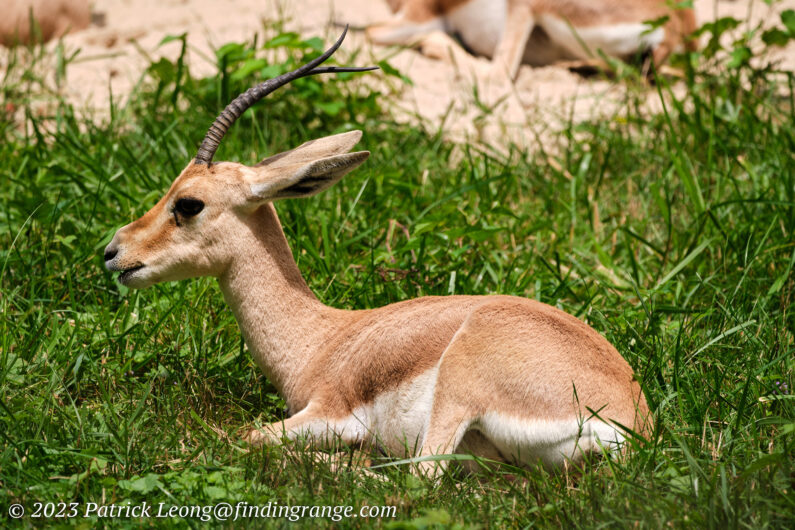
↑ This was taken with the 293mm focal length. The settings were f6.3 and 160 ISO.
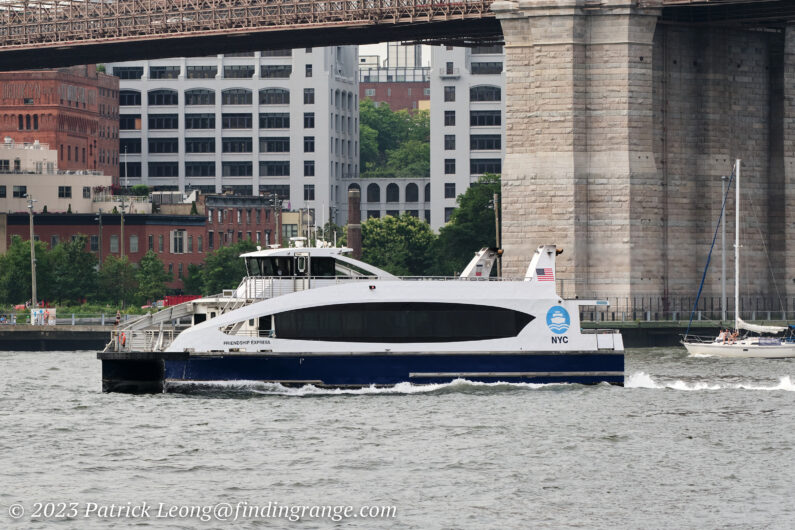
↑ This was taken using f8 and 800 ISO. The focal length used was 155mm.
Sigma 100-400mm DG DN OS Contemporary Bokeh:
With its 9 blade rounded diaphragm, the bokeh coming from the 100-400mm f5-6.3 DG DN OS Contemporary lens is beautifully smooth and inviting. I took a variety of subjects from vastly different distances, and was very happy to see a consistency in the bokeh with nothing harsh or distracting in it. With its longer focal length range, a thin depth of field is not difficult to achieve. It’s also worth noting that the close-up photography capabilities of this lens can be used to achieve not only decent shallow depth of field, and bokeh but also nice compression.
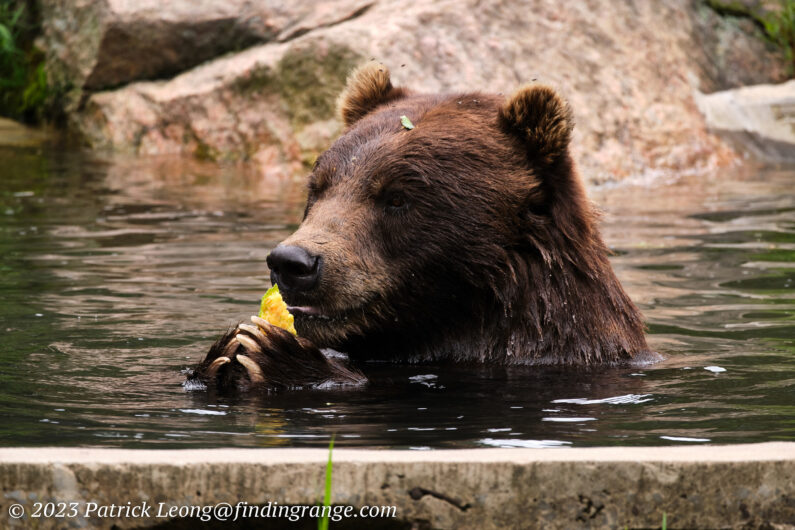
↑ This was taken using the 400mm focal length. The settings were f6.3 and 640 ISO.
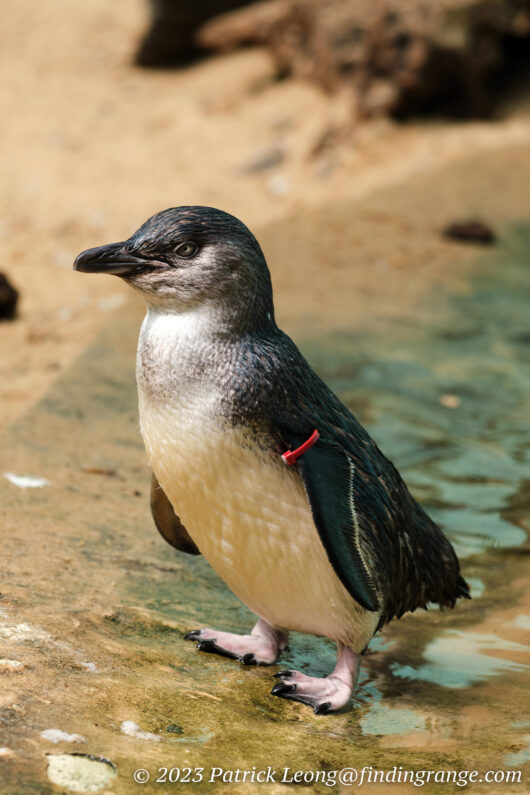
↑ The bokeh is very nice as you can see in this photo. The settings here were f6.3 and 160 ISO. I used the 249.3mm focal length.
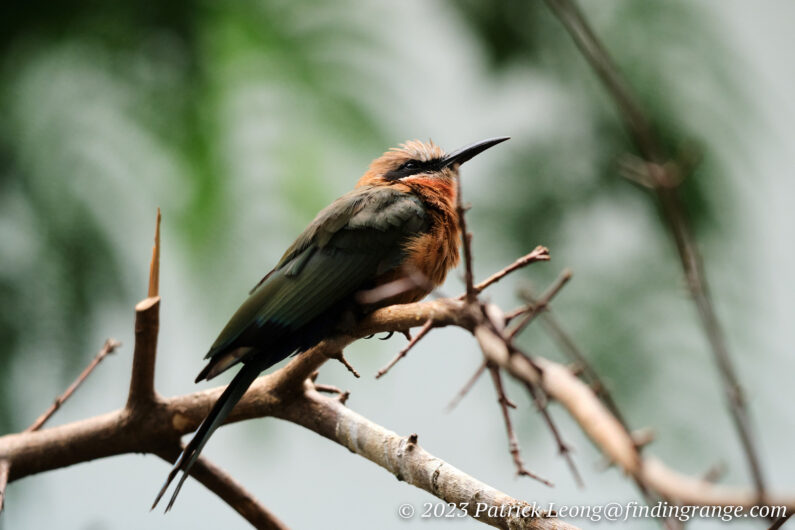
↑ Here’s another example of the bokeh. The settings here were 2500 ISO and f6.3. The focal length used was 237mm.
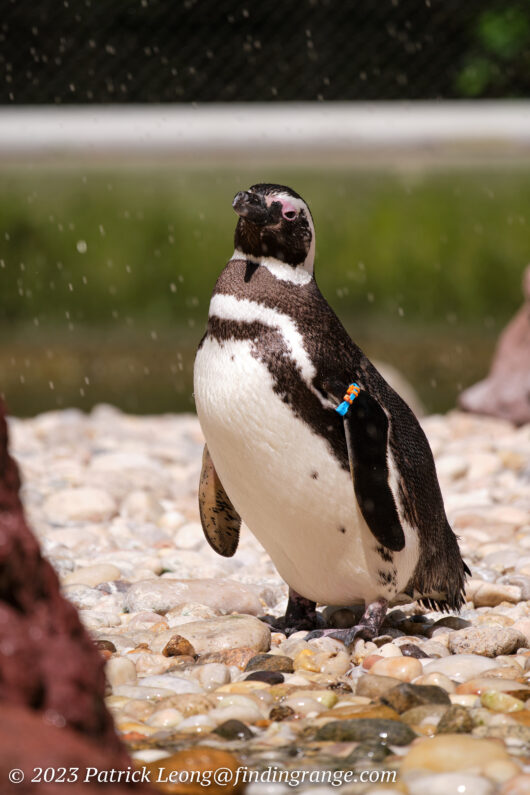
↑ The bokeh is buttery smooth as you can see. The settings here were 160 ISO and f6.3. The focal length used was 400mm.
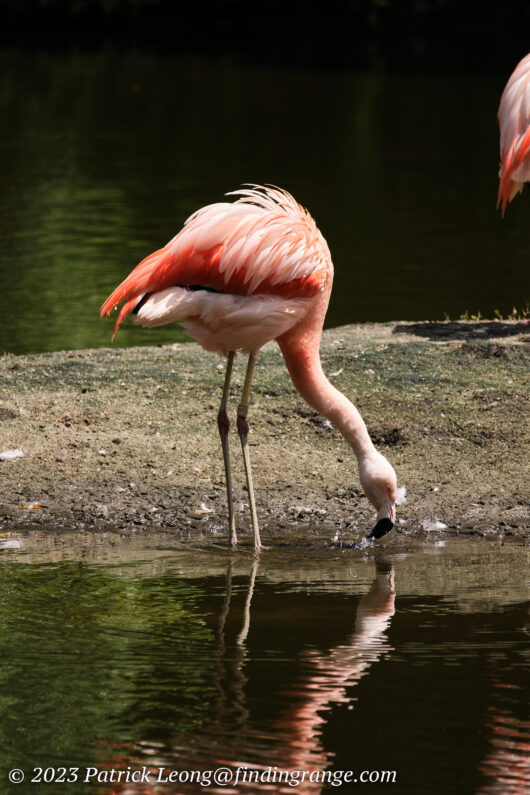
↑ Here’s a photo taken with the 400mm focal length. I used f6.3 and 160 ISO here.
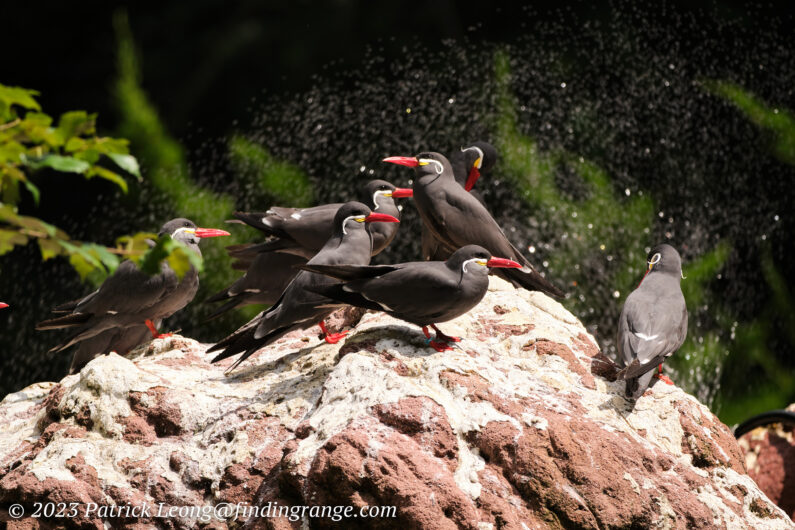
↑ This was taken using the 299.3mm focal length with the settings being f6.3 and 160 ISO.
Pros And Cons:
Pros:
- Decent build and solid feel.
- Compact and light considering its focal length range.
- Dust and splash resistant structure.
- Up to 5 stops image stabilization.
- Great built-in features on the 100-400mm.
- Tripod socket available.
- Included lens hood.
- Quiet and decent autofocus.
- Can shoot close up.
- Great image quality throughout the zoom range.
Cons:
- Wish the tripod socket was included.
- Not compatible with the Sigma tele converters.
Sigma 100-400mm DG DN OS Contemporary Verdict:
If you’re after an ultra telephoto zoom lens for your Fujifilm X camera, the 100-400mm f5-6.3 DG DN OS Contemporary lens is a fantastic option to consider. It has all the great features one would expect in a decent zoom like excellent build quality, tons of ways to adjust the lens, decent autofocus, and of course, great image quality.
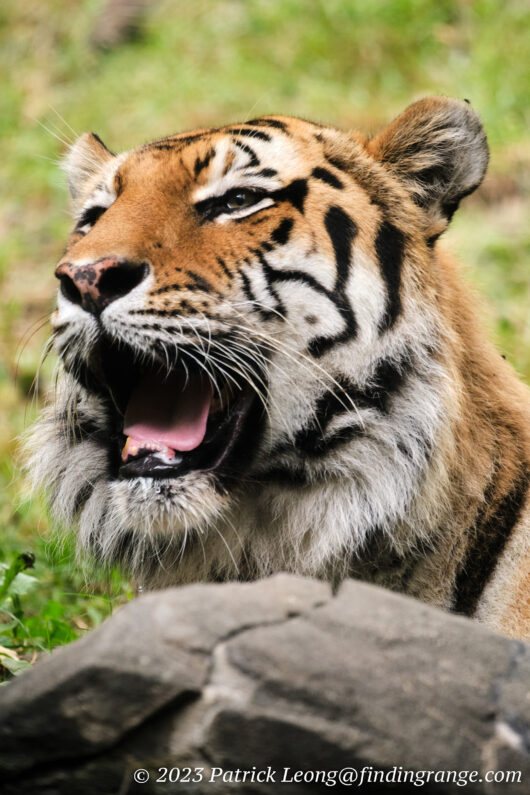
↑ This was taken with the 312.2mm with the settings being f6.3 and 2000 ISO.
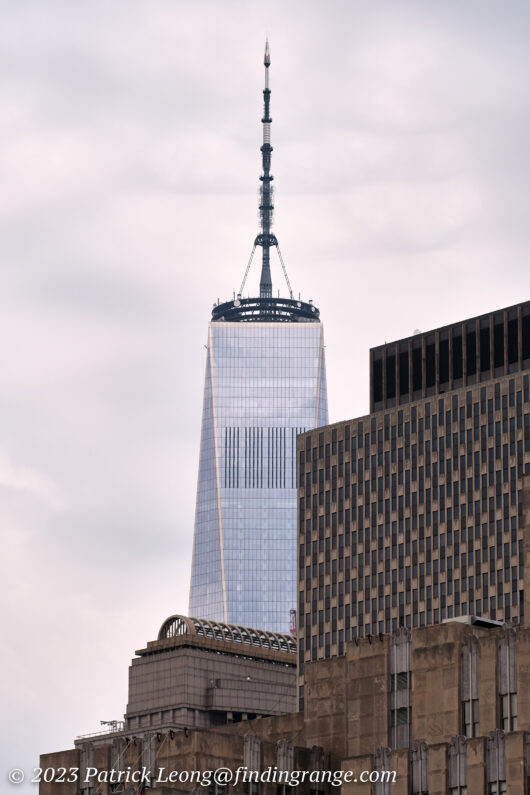
↑ This photo was taken using the 100mm focal length. The settings were 160 ISO and f8.
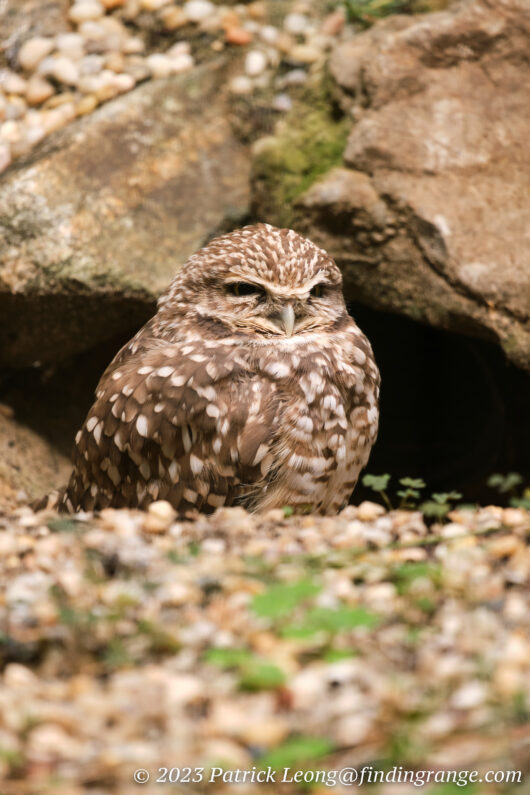
↑ This was taken with the 400mm focal length with settings being f6.3 and 400 ISO.
The beauty of the 100-400mm to me is besides getting a lens that is a high quality product overall, you’re getting something that is also lighter, and more compact than what is typically expected from a lens of this range. I want to stress that the 100-400mm is quite easy to live with, and it really does feels at home on a compact body like one in the Fujifilm X Series. Yes, you do sacrifice a bit with a more modest maximum aperture range but the trade off will be worth it to many. This is a lens you really can carry around even for more general photography. It’s something I would imagine many would be using a lot more than something that is huge and heavy. The price, which is $949, just makes it even more enticing, if you ask me.
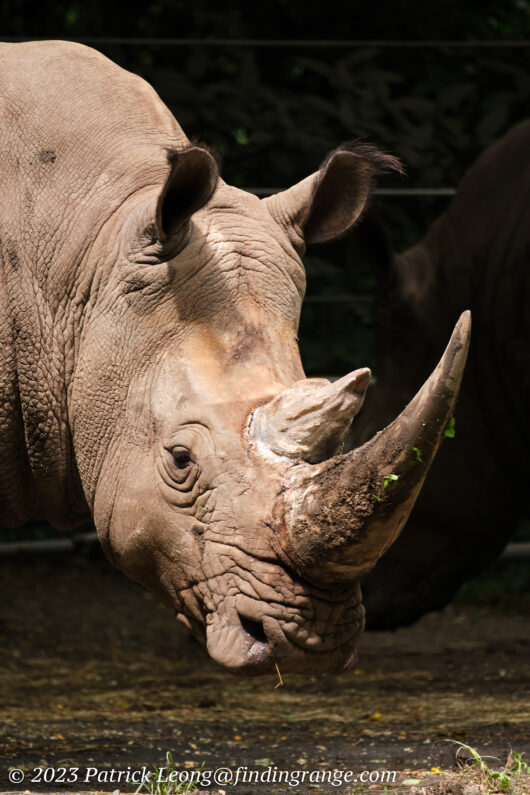
↑ This photo was taken using the 339.8mm focal length. I used 500 ISO and f6.3.
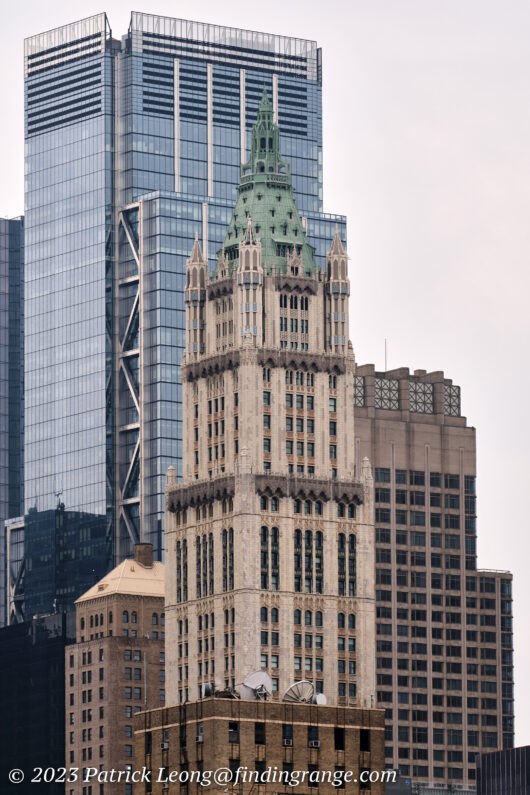
↑ The settings here were 160 ISO, f8, and 165mm.
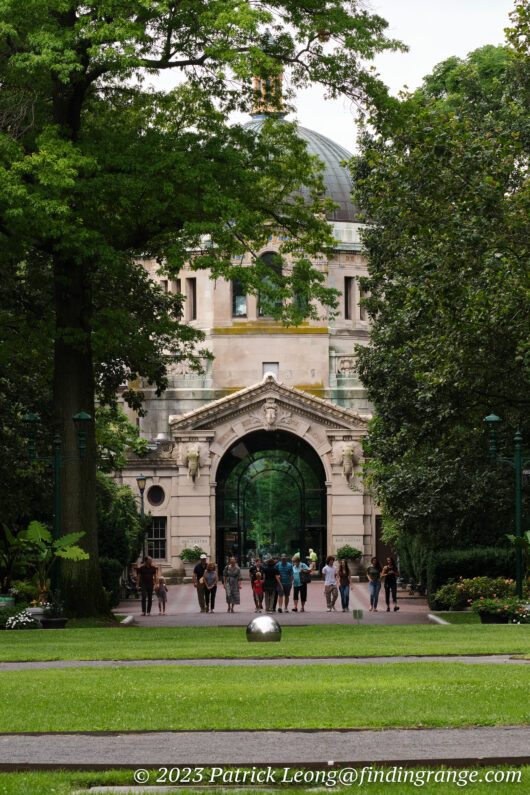
↑ This last photo was taken using 100mm, 640 ISO, and f11.
So, if you’re considering a lens with this kind of a zoom range, I definitely recommend the 100-400mm f5-6.3 DG DN OS Contemporary. It’s a great lens, and matches quite well with the Fujifilm X Series bodies.
Thanks for taking the time to read my review! If you’re considering purchasing the Sigma 100-400mm f5-6.3, and my review helped you decide, please help support this site by purchasing from the links below or any mentioned in this review. It will not cost you anything extra. Thank you for your support!

